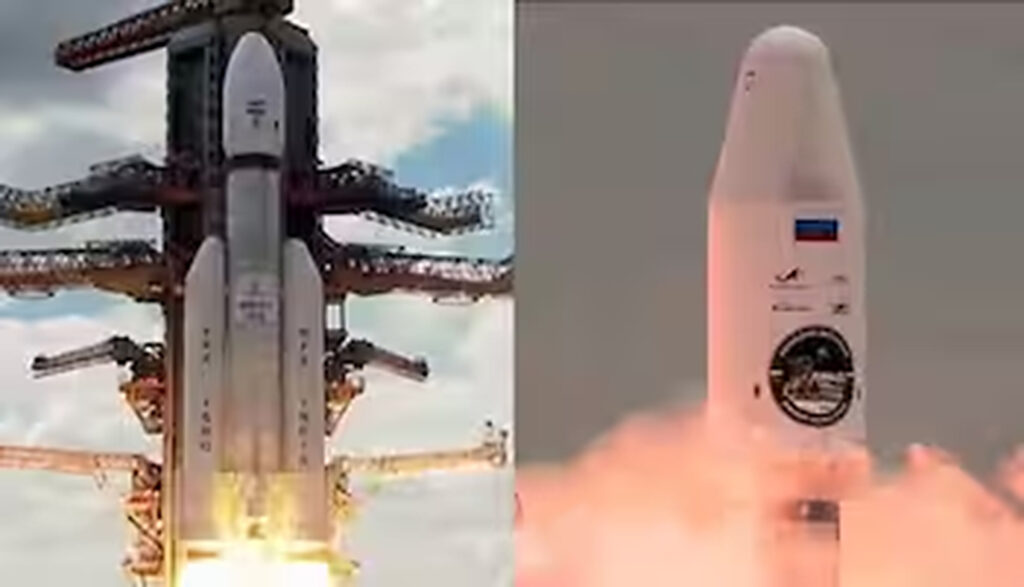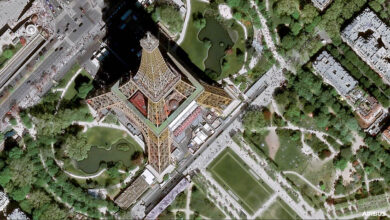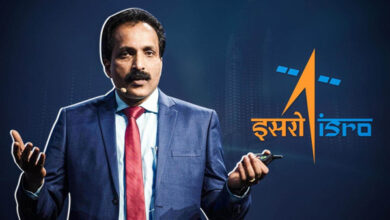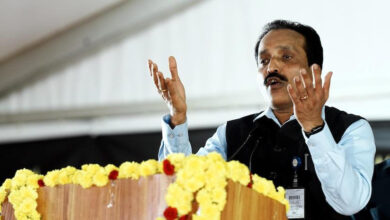ISRO’s Lunar Mission, Chandrayaan-3 persists as Russia exits
By R. Anil Kumar
- Chandrayaan-3 Mission’s Lander Module set to touch down on the moon on August 23 at 18.04 hours says ISRO, while Russian Space Agency confirms its exit from Lunar mission after its Spacecraft Luna 25 crashed into the Moon
 Bangalore, August 20. Kudos to the scientists of ISRO, who have been successful in conducting the final de-boost manoeuvre of Chandrayaan-3, as it sets its date with the moon on August 23.
Bangalore, August 20. Kudos to the scientists of ISRO, who have been successful in conducting the final de-boost manoeuvre of Chandrayaan-3, as it sets its date with the moon on August 23.
While the Russian Lunar lander, Luna 25 which was launched on August 10 and was racing with ISRO’s Chandrayaan-3 to touch down on the Lunar South-pole, crash landed on the moon after it spun into uncontrolled orbit, thereby ending its journey.
The Indian Space Agency had said that the final de-boosting of the Lander Module was conducted successfully and every procedure were initiated as planned, for its safe landing on the Moon.
ISRO said that the Chandrayaan-3 Lander Module is in 25 km X 134 km orbit and the powered descent is expected to commence on August 23, around 17.45 hours, IST. The module is undergoing internal checks and awaits the sun rise at the designated orbit, for it to touch down on the Moon’s surface.
According to ISRO, India’s pursuit of space exploration will reach a remarkable milestone with the Chandrayaan-3 mission poised to achieve a soft landing on the surface of the moon.

This achievement would mark a significant step for Indian science, engineering, technology and industry, symbolising the nation’s progress in space exploration.
The achievement would also be a monumental moment that not only fuels curiosity but also sparks a passion for exploration within the minds of the youths, says ISRO.
It generates a profound sense of pride and unity as we collectively celebrate the prowess of Indian Science and Technology, and will contribute to fostering an environment of scientific inquiry and innovation, ISRO stated.
ISRO, earlier had even congratulated Russian Space Agency, ROSCOSCOS for undertaking a mission to the moon, and had stated that it would not look at this mission as a race but a healthy competition, for which it would always be open.
The Russian Spacecraft was scheduled to land on August 21, on the south pole of the moon, as is Chandrayaan-3 mission’s designated sight for landing, which is of particular interest to scientists who believe the permanently shadowed polar craters may contain frozen water in the rocks that future explorers could transform into air and rocket fuel.
But the Russian rocket lander Luna 25 crashed into the moon, as its apparatus moved into an unpredictable orbit and ceased to exist after collision with the surface of the moon, according a statement from Russia’s Space Agency.
The Russia’s launch earlier this month was its first since 1976, when it was part of Soviet Union.





